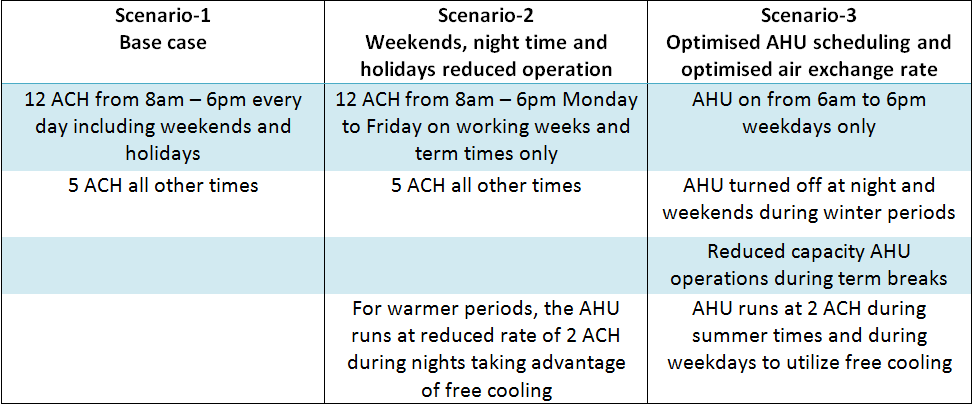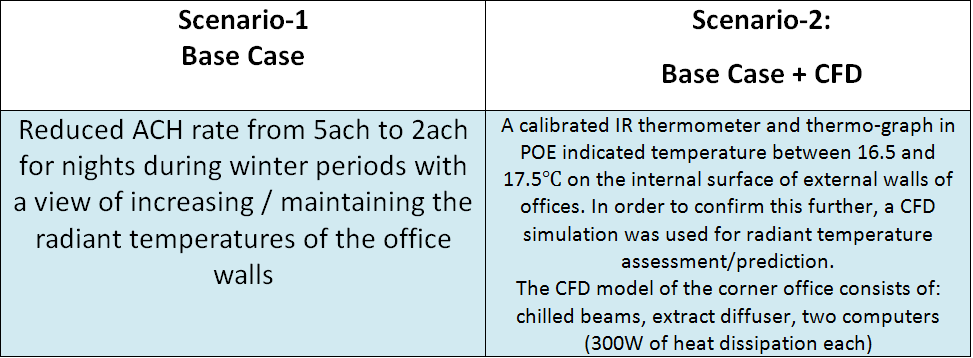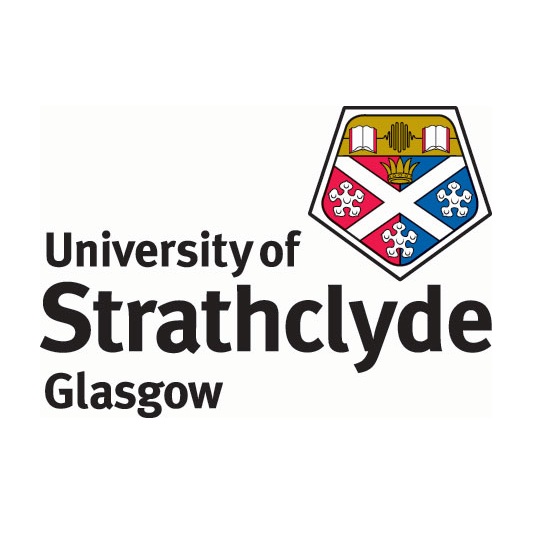Detailed Modelling of Teaching Labs and Office Zones
From the POE findings, two thermal zones were identified as viable candidates for detailed thermal modelling with a view to improving thermal comfort and reducing energy consumption. These are the Teaching labs and offices zones
Teaching Labs
The target parameters for the teaching labs are shown in the table below.

The reasons for focusing on the Teaching labs were;
- The teaching labs’ AHU run continuously for 24 hrs all year round while occupation and use is limited between 9am – 5pm and during term times.
- There are no ‘long term’ experiments that run overnight which require special care in these labs, meaning HVAC could be shut down overnight.
- The majority of occupants complain of feeling cold in the mornings and feeling too hot in the afternoon.
- When fully occupied these labs could contain up to 200 students at any given time.
- Fan coil units and VAV system are used to supply conditioning and fresh air.
- These labs spaces have an air change rates (ACH) ranging between 5 and 12 during the case study period.
- AHU works on a 9am – 5pm occupation operational schedule
- Occupied mostly during day time
- Majority of the occupants complained feeling too cold most of the time between the morning and lunch time
- Low radiant temperature in corner offices discovered during POE
- Chilled beams used for heating and ventilation
- ACH is about 5 ach during working hours
Offices Zones Simulation Scenerios
The three scenarios modelled for the teaching labs are described below.

Offices Zones
The target parameters for the offices zones are shown in the table below.

The reasons for focusing on the offices zones were:
Offices Zones Simulation Scenerios
The two scenarios modelled for the offices zones are described below.

In both teaching labs and offices zones, mean radiant temperature, zone dry bulb temperature and percentage of dissatisfied people were the attributes used to measure comfort levels

